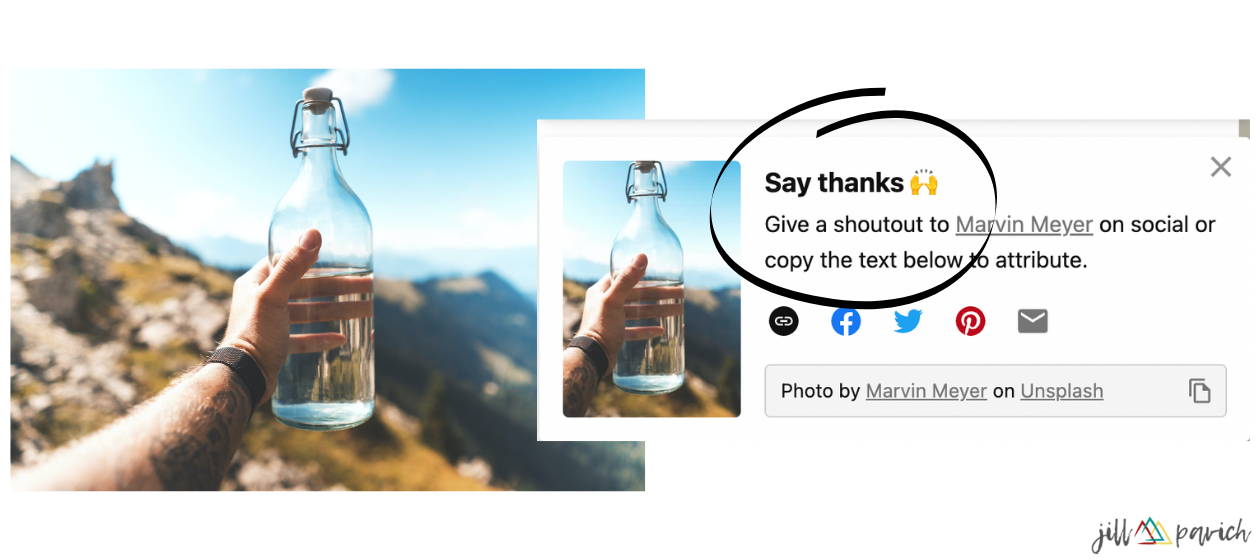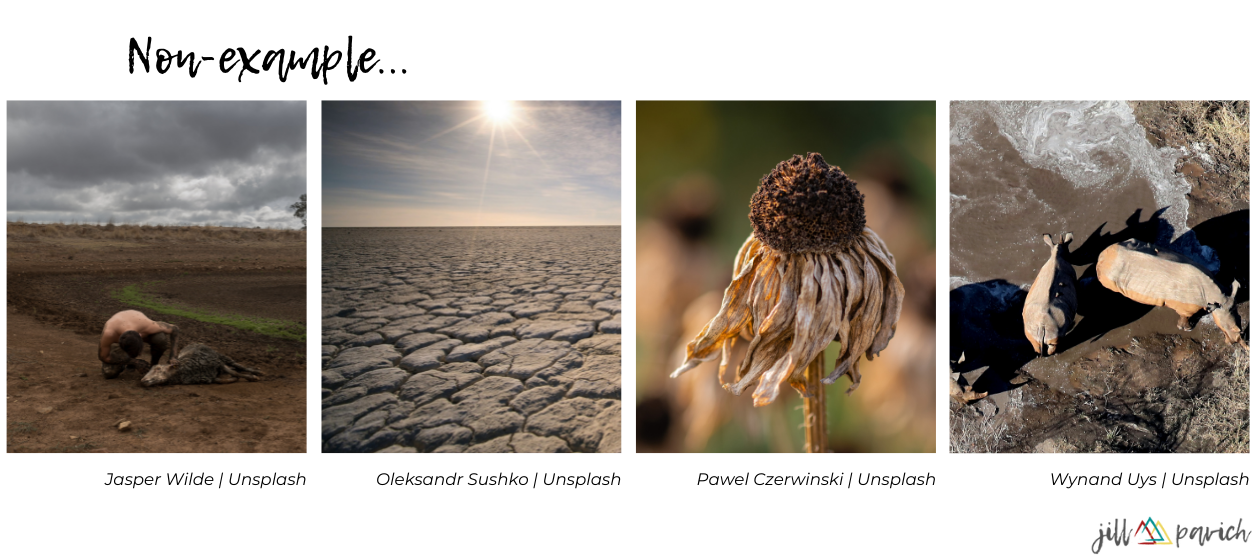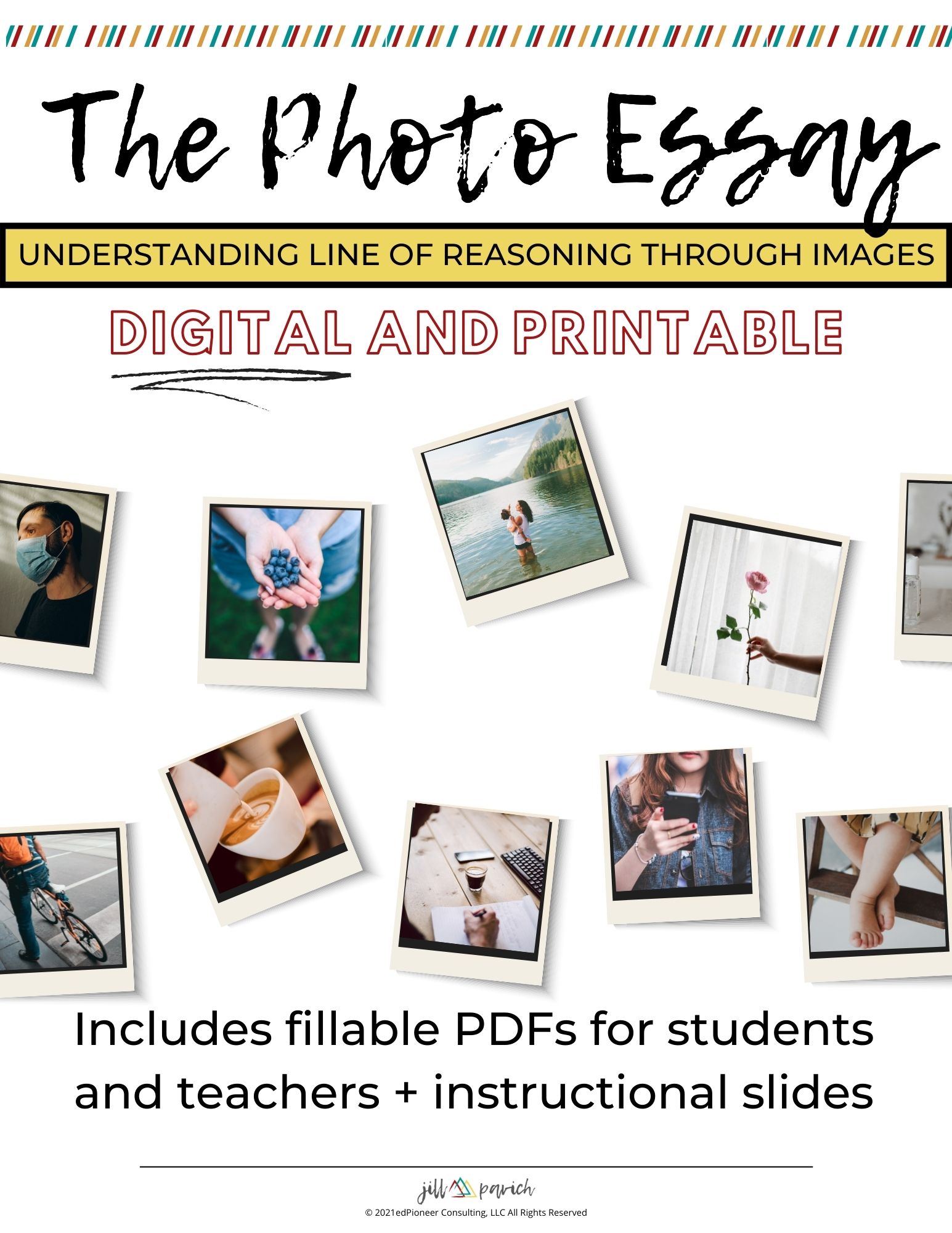What I Do Matters: using photo essays to teach arguments

According to Holly Clark and Tanya Avrith, who offer up 10 characteristics of today's learners in their text, The Google-Infused Classroom, it's pretty standard practice for our students to speak in images these days. From emojis as a frequent replacement for text, to snapshots and video 'stories', images are the Gold standard for teen communication in the digital era.
So...
Teens like images.
Photo Essays use images.
Therefore, teens must like Photo Essays!
Yes, indeed...the Photo Essay is a great way to teach students the foundational concepts of writing without actually writing!
#gradinghack
But whoa, now...hold on! I'm certainly not suggesting students avert the written word altogether...that's just plain silly (and sooo anti-ELA of me!).
However, when we throw students straight into the writing process (AKA the ever-famous 'writing diagnostic') to see how they float, a steady stream of moans, groans, and lingering resentment for the writing process usually bubble to the surface directly thereafter.
And that pains me because I hate seeing students hate on what I love teaching...writing!
I know, I know, this isn't about 'me'...but I'll bet my lunch you'd agree that the ability to write well is the best skill set we could possibly pass on to our students.
Writing is easily the one talent everyone needs, though not everyone has. It has the power to make us an *indispensable* resource for so many career paths out there...
So it's really important we *ease* our writers into the process!
The Photo Essay can be a great way to do this because this classroom activity focuses on the core foundations of writing (argument, specifically), but doing so in a way that appeals naturally to young adults (and doesn't feel as intimidating!)
What is a Photo Essay?
Simply put, a Photo Essay is a collection of images that are intentionally ordered and arranged to convey a specific message or tell a particular story.
The hallmark of the Photo Essay is that it can convey this message clearly without the need of text to accompany it. The goal, therefore, is to intentionally arrange photos in a logical sequence.
Depending on the basic purpose for writing (i.e. informational, argumentative, narrative), you can carry out the high aims of the Photo Essay in a number of ways, but for the purposes of this post, I'm going to zoom in on writing arguments, specifically.
So as a result of this lesson, students will be able to:
- 'write' arguments to support claims, using valid reasoning and relevant + sufficient evidence.
- establish precise claims, and create an organization that establishes clear relationships among claims and evidence.
But the reason I love Photo Essays the most is that students are 'making', or creating their writing. It's a physical build-out of sorts that begs their creativity and critical thought.
The 'Causal Argument' Photo Essay
There are plenty of ways to develop an argument...arguments of definition, or of evaluation; the rebuttal argument, and the classic 'proposal', just to name a few...
So for the purposes of streamlining this activity, I'll be focusing on the causal argument in its 'chain of events' form, specifically.
'What I Do Matters'
When you're carrying out a Photo Essay activity, it's important to establish a central theme, topic, or issue for the essays to tackle in terms of argument.
During workshops and breakout sessions I've facilitated in the past, I shared several Photo Essays which orbited around the theme of water, for instance.
So you can base these on unit themes if your curriculum demands them, you could co-create the concept with your students, or you could simply let your learners each determine their own, unique themes for their arguments.
Now if there's one concept or issue our Gen Z'ers value, it's ethical living or leading an ethically-driven lifestyle.
So in my own classroom, I frame the Photo Essay activity around the overarching theme of 'What I Do Matters.' Claims should therefore concern themselves with daily actions and their potential link to long-term consequences.
For the Photo Essay, I challenge my writers to build out a 'cause-and-effect' line of reasoning to argue how daily actions reap long-term consequences.
A few of the daily actions my students have 'written' about in the past include:
- buying a bottle of water
- throwing away an old electronic device such as a cell phone or computer speakers
- how we handle left-over food, either in our own fridge or at restaurants
- purchasing a shirt or other garment while on vacation
- buying locally grown vegetables
Each of these actions is followed by a chain of events that could lead to either positive or negative outcomes, depending--of course--on the action and how the student frames the evidence of the argument.
If a person buys a t-shirt while on vacation, for instance, it might be one purchased from a 'tourist trap' shop where goods may've been cheaply made abroad, thus potentially contributing to the perpetuation of sweatshop work.
OR, if that person buys a scarf or bag that's handmade by a local artist, the consequence might be that it boosts local sales and adds economic vitality to that area.
Concrete examples help...
In one of the Photo Essays I often share at conferences, the student begins his essay with an image of bottled water...
From here, he leads the audience visually through the mass production and overconsumption of these types of plastics on a national scale...
...an action ultimately contributing to the significant build-up of waste overtime...
...and its resulting accumulation in places like the Pacific Gyre and along coastlines where animal species mistook plastics for food.

That's one take on the argument regarding plastics, right?
What might be other, unique consequences (be they positive or negative) of buying bottled water?
Perhaps a student might raise the claim that this daily-action/purchase might contribute toward a cause or help fund clean water efforts in developing nations, each of which is a positive consequence this time...
Again, it's completely up to the claim the student raises, how he or she frames the argument in terms of evidence, and the careful + creative sequencing of this information!
Using online images ethically...
So speaking of ethical habits, in an online environment where image-use is just a screenshot away, it's suuuuper important we treat this activity as the opportunity it is to teach our students about the ethical use of online images.
But you gotta get on their level when doing this...the mere mention of 'Ethical Practices in Online Image Use' or the wagging-finger approach could *easily* cause a case of the Eye-Glaze-Over Effect if you're not careful...so...
I've got two points of access to get this conversation started:
#1 | Is your image use 'Insta-Famous' worthy?
Our students can appreciate a 'scroll-stopping' image (because this is what Instagram Influencers are made of!). Conversely, a bummy screenshot will ultimately dilute the quality of any image they attempt to use.
So why would you want a second-hand version of the information when there are (ethical) ways to get it first-hand?!
Encourage students to use Creative Commons, for instance, to snag photos the right (i.e. ethical!) way.
#2 | Why would you rob a hard-working hustler, tho?!
You might've noticed that I snagged all my images for today's post from Unsplash. According to their License, you're free to use the images on this site as you please, and they do. not. even. require. attribution. (Crazy, I know).
But they do make it a point to say, 'hey, help a struggling artist. Give a shout-out to the photographer in order to encourage them to keep posting their work on this site'.
 So the point you'll need to make to your students is likely this one:
So the point you'll need to make to your students is likely this one:
'Here's a human, doin' his thing, tryin' to get noticed...
Help a freelancer out, would ya?!'
And if that doesn't work, remind 'em that the Gig Economy is on the rise and they, too, might rely on word-of-mouth one day.
Plus, this generation really seems to put value in the Great Collective, so speaking on behalf of those terms tends to translate, too.
The value of non-example
One other thing to consider when running this activity involves the use of non-example, i.e. showing students instances where Photo Essays can fall flat on their face.
In fact, I actually like to begin with this activity because it's easier for students to point out what *isn't* working (whereas they have a harder time articulating what makes something so good).
So: without saying a word, I show students a series of images that do *not* lend themselves to the build-up of a message, that do not communicate the essence of 'parts to a whole', and do NOT take the audience from Point A to Point B, so to speak.
Students analyze these, articulating where they fall short and why.
One example I share as part of my 'water' theme shows a series of images where a given region is apparently navigating drought.
Photo after photo reveals circumstances where water is lacking or threatening to, be that a dwindling water hole, sun-scorching temperatures drying terrain, a slow-leaking water pump, etc.
These images repeat the claim that water is lacking, but they don't build up a causal argument as to why, what's caused it, or what consequence that's ultimately leading to (i.e. there's no line of reasoning or logical progression of thought).

In viewing non-examples, students find it easy to explain what's going wrong, of course -- which is great because we can use this as a jumping-off point. But then we need to put our heads together to figure out what it is this writers really wants to say, and how he/she/they could better say it!
This kind of critical work gives them a clearer idea of what they need to aspire toward as they build out their own, creative piece.
As students get down to work, we study a range of mentor examples to help them weigh their work against others and to seek out inspiration if they get stuck.
To wrap it all up...
The Photo Essay can be the perfect access point for writers, be they reluctant or not! And it's way more equitable than relying on essay-writing as the exclusive means for teaching the foundations of argument.
Though there are tons of ways to approach the Photo Essay, the activity I've outlined in this post aims to introduce students to 'line of reasoning' specifically and the strategic planning that comes with it.
Grab your step-by-step instructions for the Photo Essay activity here!
I hope it serves you well, and I can't wait to hear all about your wins!
By the way:
If you are looking for other "line of reasoning" type activities for your students, take a look at this Tree of Reasoning activity! It is a great second step to this Photo Essay activity to keep the arguments alive!
PS...Some of the book links in my posts are affiliate links, which means I can make a small commission from them. There is *zero*, additional cost to you, of course. Consider it my ‘tip jar’ for spittin’ all this free wisdom at you ;-) In all realness, just know that I only share and affiliate myself with resources I believe in: I’ve either created them myself, tried them for myself, or they’re simply in line with my values as an educator. So rest easy on that laurel, ma’ friends ;-) I hope you enjoy the cache, and if you’re so inclined to leave a ‘tip,’ simply use my links to make those purchases.




